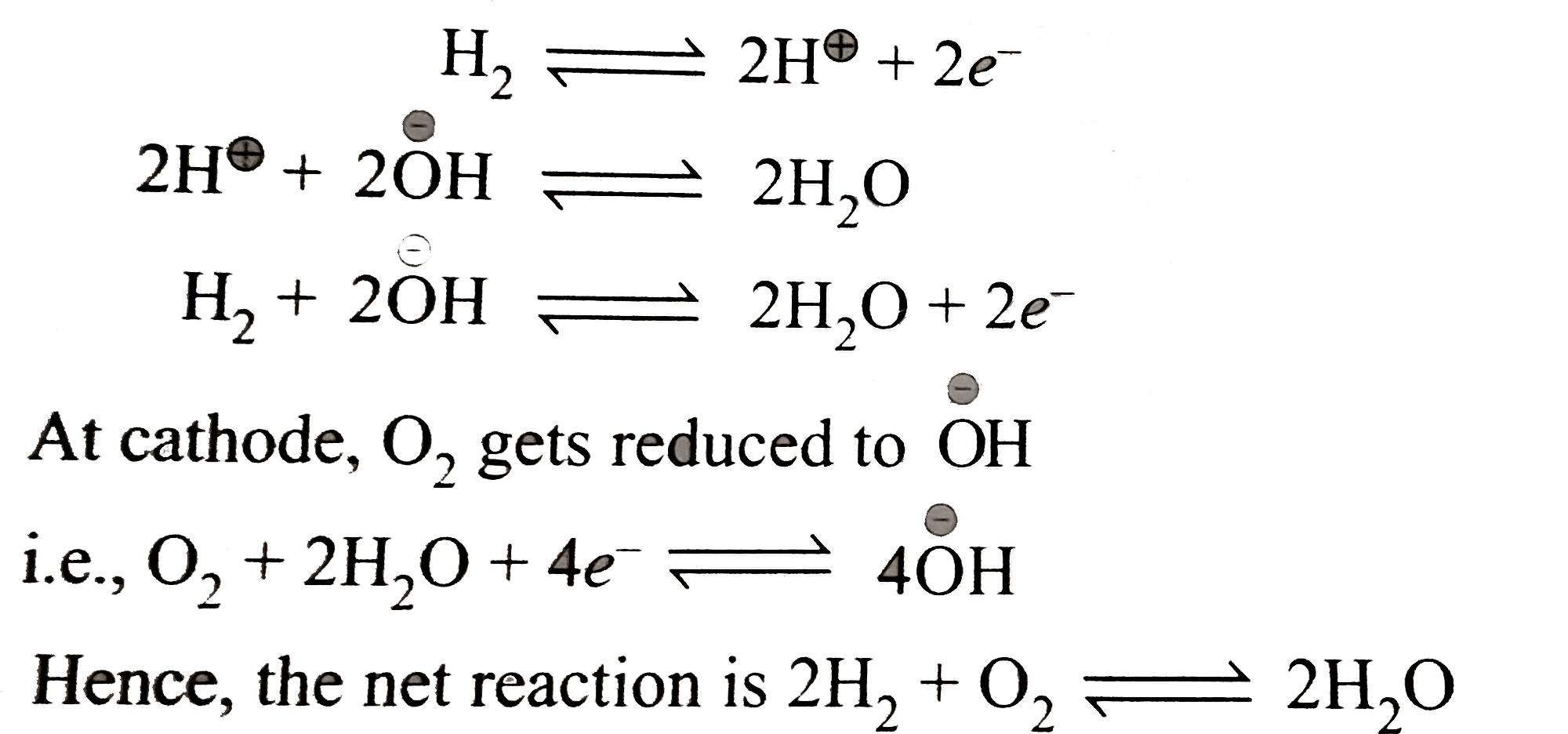Cells use the hydrolysis of adenosine triphosphate, abbreviated as ATP, as a source of energy. Symbolically, this reaction can be written as where ADP represents adenosine diphosphate. For this reaction, δG∘ is 30 kJ/mol and δH0 is -30 kJ/mol at 27∘C. Calculate the entropy change.
To calculate the entropy change (ΔS) for the hydrolysis of adenosine triphosphate (ATP) to adenosine diphosphate (ADP), we can use the Gibbs free energy equation:
1. Understand the Gibbs Free Energy Equation:
The relationship between Gibbs free energy (ΔG), enthalpy (ΔH), and entropy (ΔS) is given by the equation:
ΔG=ΔH−TΔS
where:
- ΔG = change in Gibbs free energy
- ΔH = change in enthalpy
- T = temperature in Kelvin
- ΔS = change in entropy
2. Convert Temperature to Kelvin:
The temperature is given as 27°C. To convert this to Kelvin, we use the formula:
T(K)=T(°C)+273.15
Therefore:
T=27+273.15=300.15K≈300K
3. Substitute Given Values:
We are given:
- ΔG = 30 kJ/mol (Note: This is positive)
- ΔH = -30 kJ/mol (Note: This is negative)
Now, substituting these values into the Gibbs free energy equation:
30=−30−300ΔS
4. Rearranging the Equation:
Rearranging the equation to solve for ΔS:
30+30=−300ΔS
60=−300ΔS
ΔS=−60300
5. Calculate ΔS:
Simplifying the right side gives:
ΔS=−0.2kJ/K/mol
6. Final Result:
Since entropy change is often expressed in J/K/mol, we convert kJ to J:
ΔS=−0.2kJ/K/mol=−200J/K/mol
Conclusion:
The entropy change (ΔS) for the hydrolysis of ATP is:
ΔS=−200J/K/mol
The relationship between Gibbs free energy (ΔG), enthalpy (ΔH), and entropy (ΔS) is given by the equation:
ΔG=ΔH−TΔS
where:
- ΔG = change in Gibbs free energy
- ΔH = change in enthalpy
- T = temperature in Kelvin
- ΔS = change in entropy
The temperature is given as 27°C. To convert this to Kelvin, we use the formula:
T(K)=T(°C)+273.15
Therefore:
T=27+273.15=300.15K≈300K
We are given:
- ΔG = 30 kJ/mol (Note: This is positive)
- ΔH = -30 kJ/mol (Note: This is negative)
Now, substituting these values into the Gibbs free energy equation:
30=−30−300ΔS
Rearranging the equation to solve for ΔS:
30+30=−300ΔS
60=−300ΔS
ΔS=−60300
Simplifying the right side gives:
ΔS=−0.2kJ/K/mol
Since entropy change is often expressed in J/K/mol, we convert kJ to J:
ΔS=−0.2kJ/K/mol=−200J/K/mol
The entropy change (ΔS) for the hydrolysis of ATP is:
ΔS=−200J/K/mol
Similar Questions
The standard potential of a cell using the reaction
 is 1.12. The heat of the reaction is −504.2kJmol−1 at 25∘C. Calculate the entropy change. View Solution
is 1.12. The heat of the reaction is −504.2kJmol−1 at 25∘C. Calculate the entropy change. View SolutionThe enthalpy change for the transition of liquid water to steam ΔvapH is 40.8 kJ mol−1 at 100∘C. Calculate the entropy change (ΔvapS) for the process.
View Solution
Knowledge Check
- Question 1 - Select One
If the enthalpy change for the transition of liquid water to steam is 30kJmol−1 at 27∘C the entropy change for the process would be
A1.0Jmol−1K−1B0.1Jmol−1K−1C100Jmol−1K−1D10Jmol−1K−1. - Question 2 - Select One
For an endothermic reaction, where ΔH represents the enthalpy of reaction in kJmol−1, the minimum value for the energy of activation will be
Aless than ΔHBmore than ΔHCequal to ΔHDzero
The hydrolysis of Adenosine triphosphate [ATP] to give adenosine diphosphate [ADP] is represented by ATP harr ADP. This reaction is exothermic zero[K] . The entropy change for the reaction is 982 J/K at 310 K . The free energy for the reaction is:
View SolutionThe emf of the cell reaction
Zn(s)+Cu2+(aq)→Zn2+(aQ)+Cu(s)
is 1.1V. Calculate the free enegry change for the reaction. If the enthalpy of the reaction is −216.7kJmol−1, calculate the entropy change for the reaction.View SolutionFor a certain reaction the change in enthalpy and change in entropy are 40.63kJmol−1 and 100JK−1 .What is the value of ΔG at 27∘C and indicate whether the reaction is possible or not ?
View SolutionThe standard free energy change of a reaction is ΔG∘=−115kJ/mol−1 at 298K. Calculate the value of log10Kp (R=8.314JK−1mol−1)
View SolutionFuel cells : Fuel cells are galvanic cells in which the chemical energy of fuel cell is directly converted into electrical energy. A type of fuel cell is a hydrogen − oxygen fuel cell. It consists of two electrodes made up of two porous graphite impregnated with a catalyst ( platinum, silver, or metal oxide ). The electrodes are placed in aqueous solution of NaOH . Oxygen and hydrogen are continuously fed into the cell. Hydrogen gets oxidized to H⊕ which is neutralized by c−OH,i.e., anodic reaction.

At cathode, O2 gets reduced to c−OH
Hence, the net reaction is
The overall reaction has
ΔH=−285.6kJmol−1 and ΔG=−237.4kJmol−1 at 25∘C
What is the value of ΔSc− for the fuel cell at 25∘C?View SolutionAs per second law of thermodynamics a process taken place spontaneously if and only if the entropy of the universe increases due to the process. Change in entropy is given by
ΔS=QrevT
What is the change in entropy of the universe due to the following reaction occuring at 27∘C ?
A+2B→C+2D,ΔH=+1.8kJmol−1
Molar entropy values of A, B, C and D are 1,2,3 and 4JK−1mol−1 respectively.View Solution

